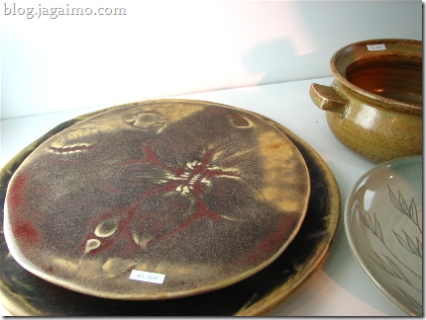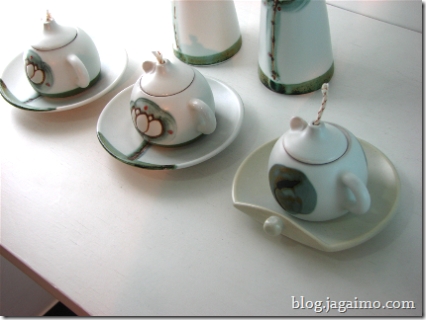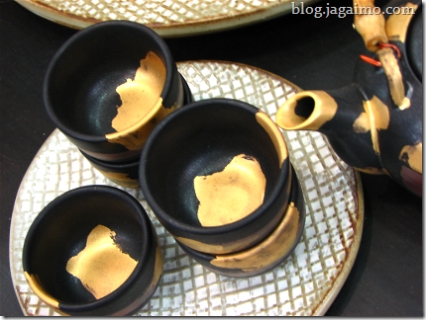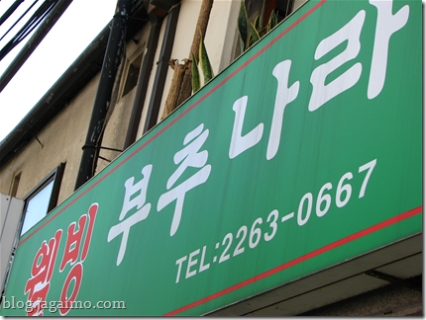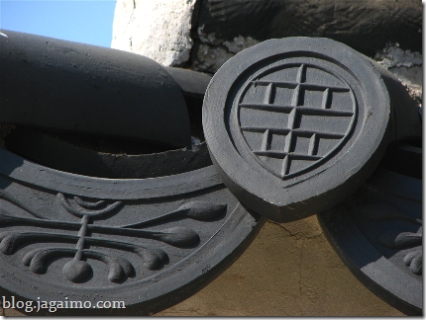Thanks to my excessive shopping habits, I always end up with a couple of special treats to take home when I travel.
During my recent trip to Korea, I grabbed a trio of artisanal sauces in fairly small jars... gochujang, the fermented chili sauce, dwaenjang, which is Korean miso, and ssamjang, a combination of the two with additional seasonings, including a touch of sugar, usually used for lettuce wraps such as ssambap.
I tasted the dwaenjang and gochujang at the department store in Korea, but I added the ssamjang mostly for completeness, without having a sample first. So when it came time to break the seal on these essential sauces, the ssamjang was first on my priority list.
Ssamdubu
To make use of ssamjang, I usually make ssambap, which involves wrapping lettuce, herbs like gaennip, or kelp around rice and other ingredients. The ssamjang is used to add flavor. Koreans regularly construct baseball-sized lettuce wraps and eat them in one bite. My jaw, however, doesn't quite have the capacity required for such a challenge.
Since I went tofu shopping at Thanh Son this weekend, I thought it would be nice to have these with tofu instead of rice. I also sautéed some sad-looking enoki mushrooms in butter and soy sauce.
Not wanting to accumulate three or four plates for such a simple dish, I went ahead and assembled the wraps ahead of time. To serve them, I used another treasure from my recent trip: An Aomori-style urushi plate in the shape of ichō, or gingko leaf.
Simple Pajeon
I so jealously guard the crispness of my pajeon (Korean-style scallion pancakes) that I generally don't sacrifice valuable seconds to shoot a photograph, lest the ephemeral textural ideal be lost before I have a chance to take the first bite.
This time I made a smaller one than usual... somehow I figured, with some rice, kimchi and the tofu dish, I would have enough. It was just right... maybe even a little too much.
As I sometimes do, I followed the technique recommended by a Korean friend, who rather unconventionally replaces water in her pajeon with milk. It makes for a fluffier, more flavorful variation.
A little kimchi
Dinner wouldn't be complete without a little kimchi and rice... I cheated and used a passable imported gimchi bought at Uwajimaya, though I usually try to get kimchi made at one of a number of Seattle-area Korean markets. No time for that this time... and this did the trick, anyway...






